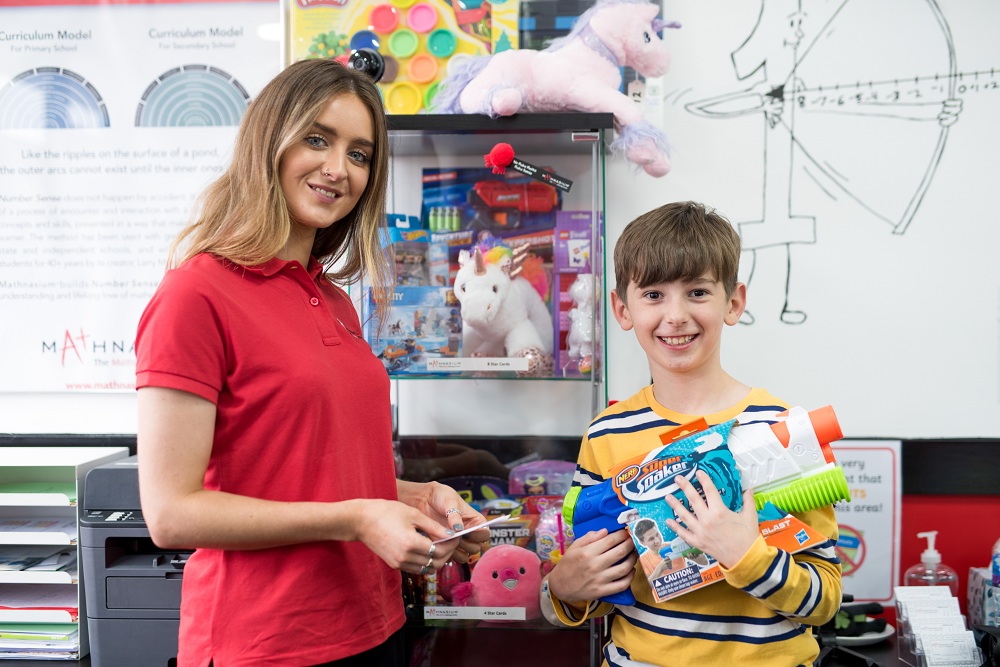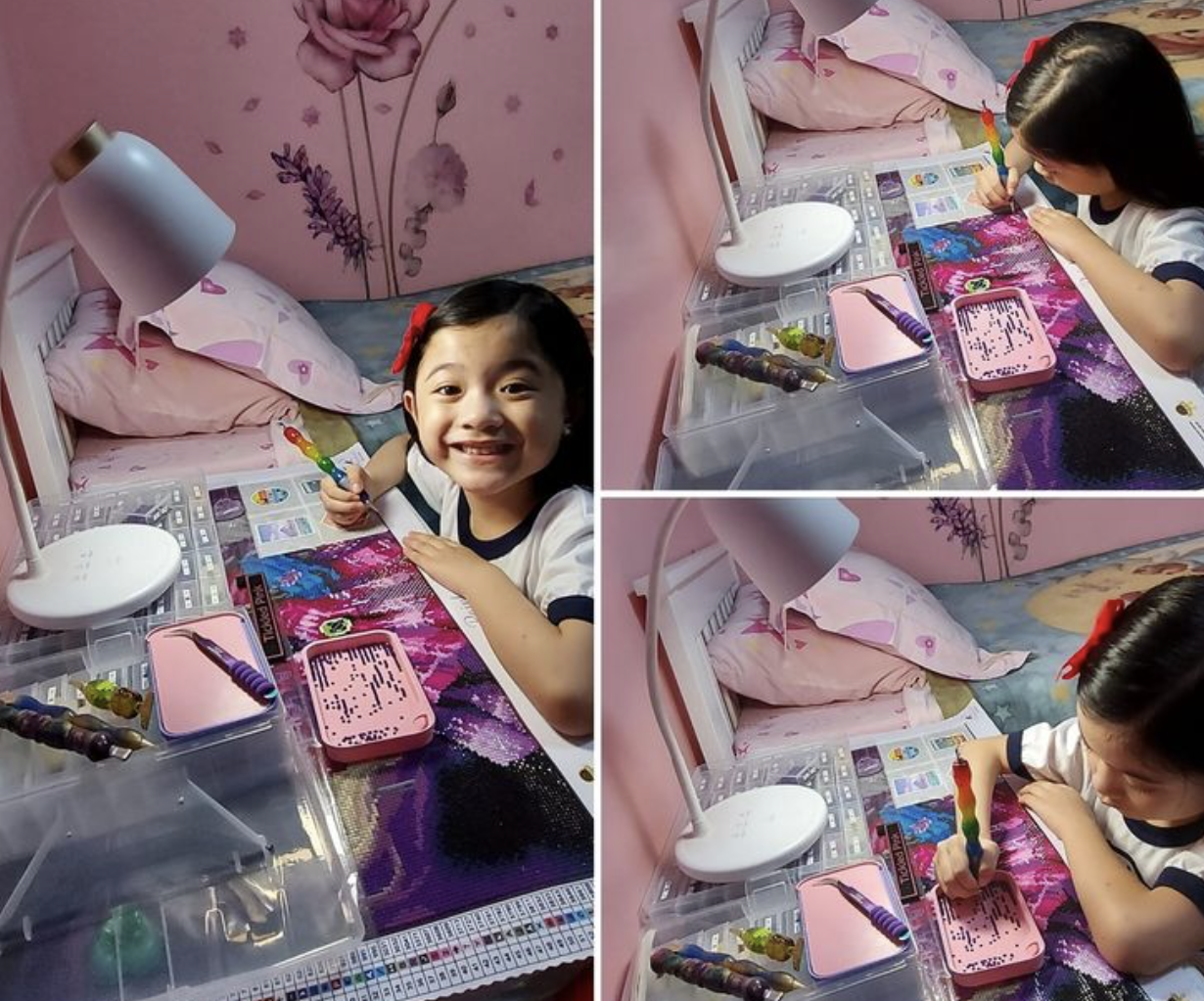Imagine your child solving tomorrow’s biggest challenges — building smarter cities, curing diseases, inventing the next generation of technology.
It might sound like a distant dream, but it all starts now, with the simple joy of playing, questioning, building, and experimenting at home.
Welcome to the world of STEM — Science, Technology, Engineering, and Mathematics — and how it can ignite a lifetime of creativity, resilience, and discovery in your child.
What is STEM (And Why Does It Matter So Much Today)?
STEM isn’t just a buzzword. It’s the beating heart of innovation in our modern world.
At its core, STEM education is about curiosity: asking questions, testing ideas, solving problems, and learning from mistakes. It blends the disciplines of science, technology, engineering, and maths into an exciting, hands-on approach to learning.
Today, many educators also include the arts, transforming STEM into STEAM — because creativity is just as important as calculation when it comes to shaping the future.
Research shows that early exposure to STEM builds critical thinking skills, improves academic achievement, and helps prepare kids for the 75% of future jobs that will require STEM capabilities.
It’s not just about careers — it’s about raising adaptable, confident thinkers who aren’t afraid to tackle big challenges.
From Bridges to Drones: How STEM Learning Has Evolved
You might remember the old classroom project: building a bridge from straws, newspaper, and sticky tape. The challenge? Hold the most weight without collapsing.
That was early STEM in action — combining design, science, maths, and teamwork to solve a real-world problem.
Fast-forward to today: children aren’t just building bridges — they’re coding apps, programming robots, designing video games, and engineering solutions to global issues like climate change.
But you don’t need a robot lab or high-tech gadgets at home to nurture a future innovator. The real magic of STEM starts with everyday exploration.
How to Bring STEM Home (Without Overwhelm)
If coding, drone-flying, and app-building sound overwhelming, take a breath.
STEM is about mindset, not expensive equipment.
The best way to begin? Follow your child’s interests.
Whether they love baking, painting, nature walks, or LEGO, there’s a STEM connection waiting to be discovered.
Here’s how to start:
-
Encourage questions (“Why does bread rise? How do planes stay in the sky?”)
-
Tackle mini challenges together (“Let’s build the tallest tower with just spaghetti and marshmallows!”)
-
Experiment fearlessly (“What happens if we change one ingredient in a recipe?”)
-
Celebrate failures as opportunities to learn (“That rocket didn’t fly… let’s figure out why!”)
Remember: it’s not about getting the “right answer” — it’s about building curiosity, creativity, and confidence.
🔬 5 Simple STEM Activities You Can Try Today
These fun, hands-on projects spark imagination, build confidence, and lay the foundation for key STEM skills—without needing fancy equipment. Just everyday materials and a sense of wonder!
🏗️ 1. Build a Catapult
STEM Focus: Engineering & Physics
Skills Learned: Force, motion, angles, energy transfer, and basic mechanics.
Materials Needed:
-
7–10 paddle pop sticks (jumbo size works best)
-
4–5 rubber bands
-
1 plastic bottle cap (for the “bucket”)
-
Glue (hot glue or strong craft glue)
-
Pom-poms, mini marshmallows, or cotton balls (for launching)
-
Ruler or tape measure (optional, for measuring distance)
Instructions:
-
Stack 6 sticks and secure both ends tightly with rubber bands.
-
Stack 2 sticks, but only band one end—this forms the lever.
-
Slide the stack of 6 sticks between the two loose sticks to create a “T” shape.
-
Use a rubber band to secure the middle where they meet.
-
Glue a bottle cap on the top stick—this will hold your projectile.
-
Load your pom-pom and press the lower stick down, then release!
Extension Ideas:
-
Try different materials or change the angle to explore how trajectory changes.
-
Add a measuring tape on the floor and create a catapult “launch zone.”
Talk About It:
-
“What makes the pom-pom go farther?”
-
“What if we used a heavier object—what would happen?”
🌈 2. Make a Homemade Lava Lamp
STEM Focus: Chemistry & Density
Skills Learned: Liquid density, gas reactions, scientific observation.
Materials Needed:
-
1 clear plastic bottle or jar with a lid
-
½ cup water
-
1 cup vegetable oil
-
Food colouring
-
Alka-Seltzer tablets (or similar effervescent tablets)
-
Funnel (optional for easy pouring)
Instructions:
-
Fill the bottle 1/3 with water.
-
Add a few drops of food colouring.
-
Pour in the oil until the bottle is nearly full.
-
Let the liquids separate.
-
Break an Alka-Seltzer tablet in half and drop it in.
-
Watch the blobs float and bubble!
Extension Ideas:
-
Use different oil types (canola, baby oil) and see if the reaction changes.
-
Time the reaction and compare how long different tablet amounts last.
Talk About It:
-
“Why doesn’t the oil mix with the water?”
-
“What do you think makes the bubbles rise and fall?”
🍃 3. Go on a Nature Classification Walk
STEM Focus: Biology, Observation & Ecology
Skills Learned: Classification, comparison, data recording, sensory exploration.
Materials Needed:
-
Notebook or clipboard
-
Pencil or crayons
-
Smartphone/camera (optional for photos)
-
Bags or containers (for collecting small items—optional)
-
Magnifying glass (optional but adds fun)
Instructions:
-
Head to your backyard, a park, or local walking trail.
-
Look for natural objects like leaves, rocks, insects, flowers.
-
Encourage kids to sketch, write notes, or photograph each item.
-
Sort items by type (plant/rock/insect), color, shape, or texture.
-
Discuss patterns or similarities—create a simple chart or sorting grid at home.
Extension Ideas:
-
Use a nature app to identify species.
-
Start a weekly “field log” or nature journal.
Talk About It:
-
“Why do some leaves have jagged edges?”
-
“How do scientists decide what to name each species?”
💃 4. Code a Dance Routine
STEM Focus: Computer Science & Sequencing
Skills Learned: Algorithms, patterning, symbolic thinking, logic.
Materials Needed:
-
A4 paper or large poster sheets
-
Markers, coloured pens or stickers
-
Music (optional, to dance along!)
-
Imagination!
Instructions:
-
Help your child create simple symbols to represent dance moves:
-
⬆ = Jump
-
🔄 = Spin
-
➡️ = Step to the right
-
⬅️ = Step to the left
-
-
Write a “code” using a sequence of symbols.
-
You or a sibling follow the instructions to perform the routine.
-
Add complexity with loops or conditionals:
-
“Repeat 2x”
-
“If the music stops, freeze!”
-
Extension Ideas:
-
Record the routine and watch how accurate the sequence was.
-
Write a challenge dance for family or friends to follow.
Talk About It:
-
“What happens if the sequence is out of order?”
-
“How is this like the way computers follow instructions?”
🏗️ 5. Design and Test a Paper Bridge
STEM Focus: Engineering & Structural Design
Skills Learned: Problem-solving, spatial reasoning, material testing.
Materials Needed:
-
Several sheets of newspaper or printer paper
-
Sticky tape or masking tape
-
Two stacks of books (to act as supports)
-
Toy cars, coins, or other small weights
-
Ruler or measuring tape
-
Stopwatch (optional for timing build or load tests)
Instructions:
-
Place two books about 20–30cm apart.
-
Design and build a bridge using only paper and tape.
-
Test how much weight it can hold before collapsing.
-
Try different designs—flat beam, folded paper supports, triangle trusses.
-
Measure and record the weight each bridge can hold.
Extension Ideas:
-
Make a table comparing bridge type, design, and weight held.
-
Watch a short video on how engineers design real-world bridges.
Talk About It:
-
“Why did this bridge hold more weight?”
-
“What shapes do you notice in real bridges?”
💡 Parent Tip:
These aren’t just fun activities—they’re brain-building moments. Encourage your child to ask questions, make predictions, test their ideas, and reflect on what worked (and what didn’t). That’s what real STEM learning is all about.
Would you like this turned into a printable or downloadable STEM activity guide?
The Lifelong Benefits of STEM for Your Child
STEM isn’t about memorising facts — it’s about empowering kids with the mindset to dream bigger and solve better.
Here’s what STEM nurtures:
-
Critical thinking: analysing problems from every angle
-
Creativity: designing new solutions, not just following old ones
-
Resilience: embracing failure and trying again
-
Teamwork: collaborating across different fields and ideas
-
Confidence: believing they have the tools to figure anything out
In a world changing faster than ever, these skills aren’t optional — they’re essential.
Final Thought: Start Small, Dream Big
You don’t need to be an engineer or a scientist to raise a child who loves STEM.
You just need to create an environment where questions are welcome, experiments are celebrated, and failures are seen as a launchpad for growth.
Start small. Stay curious. And watch your child build the future — one idea at a time.
Miss B xoxo
Links
- 10 Simple STEM Activities for Kids That Will Stimulate Young Minds
https://www.rasmussen.edu/degrees/education/blog/simple-stem-activities-for-kids/
- STEM Activities for kids
https://www.sciencebuddies.org/stem-activities
- Star Portal
- 36 Resources for STEM Project-Based Learning Activities
https://www.wabisabilearning.com/blog/36-stem-project-based-learning-activities
You might also like to read:
Why is STEM Education so important for children?
Tips for boosting your kids STEM skills these Summer holidays







